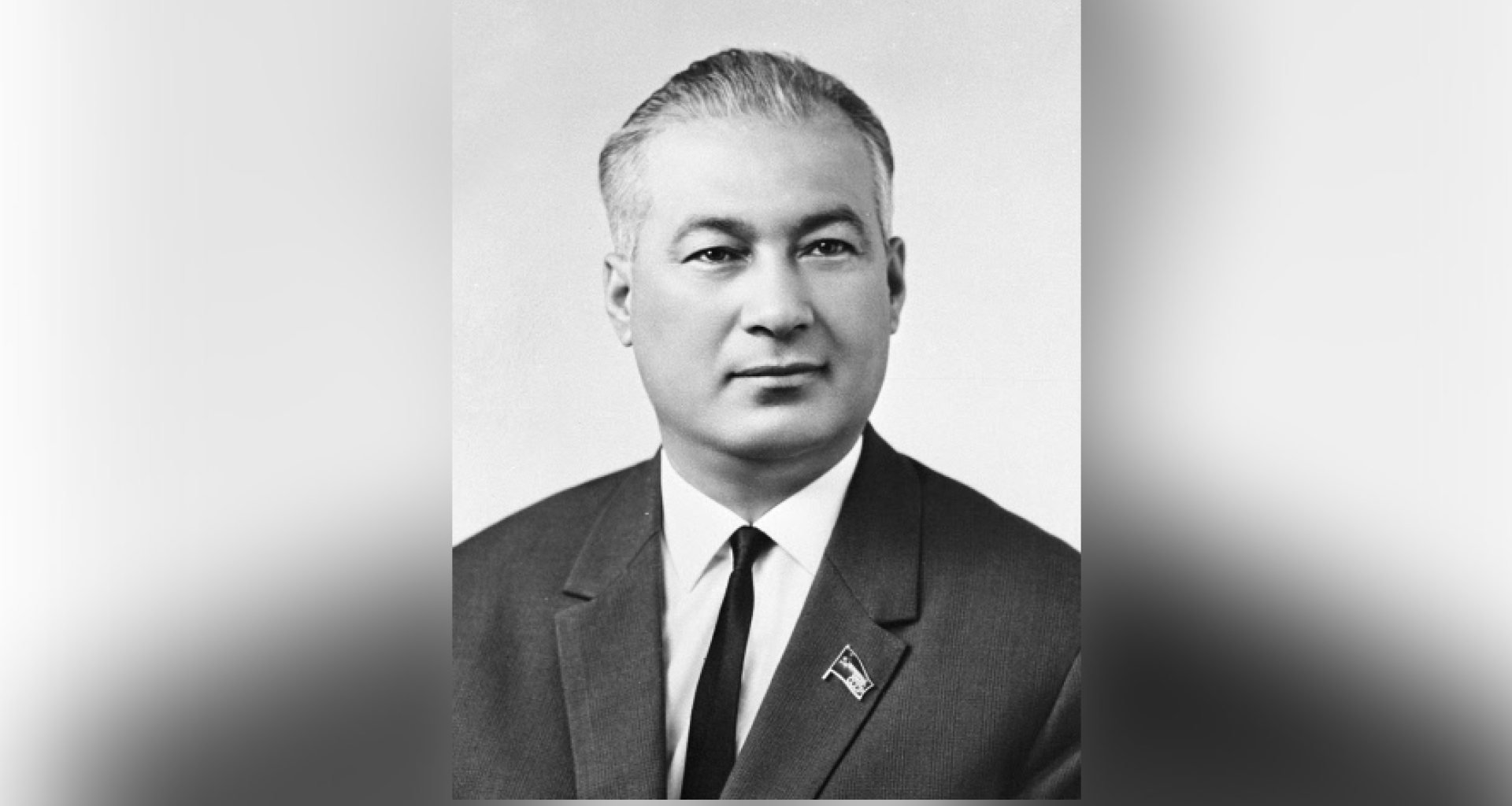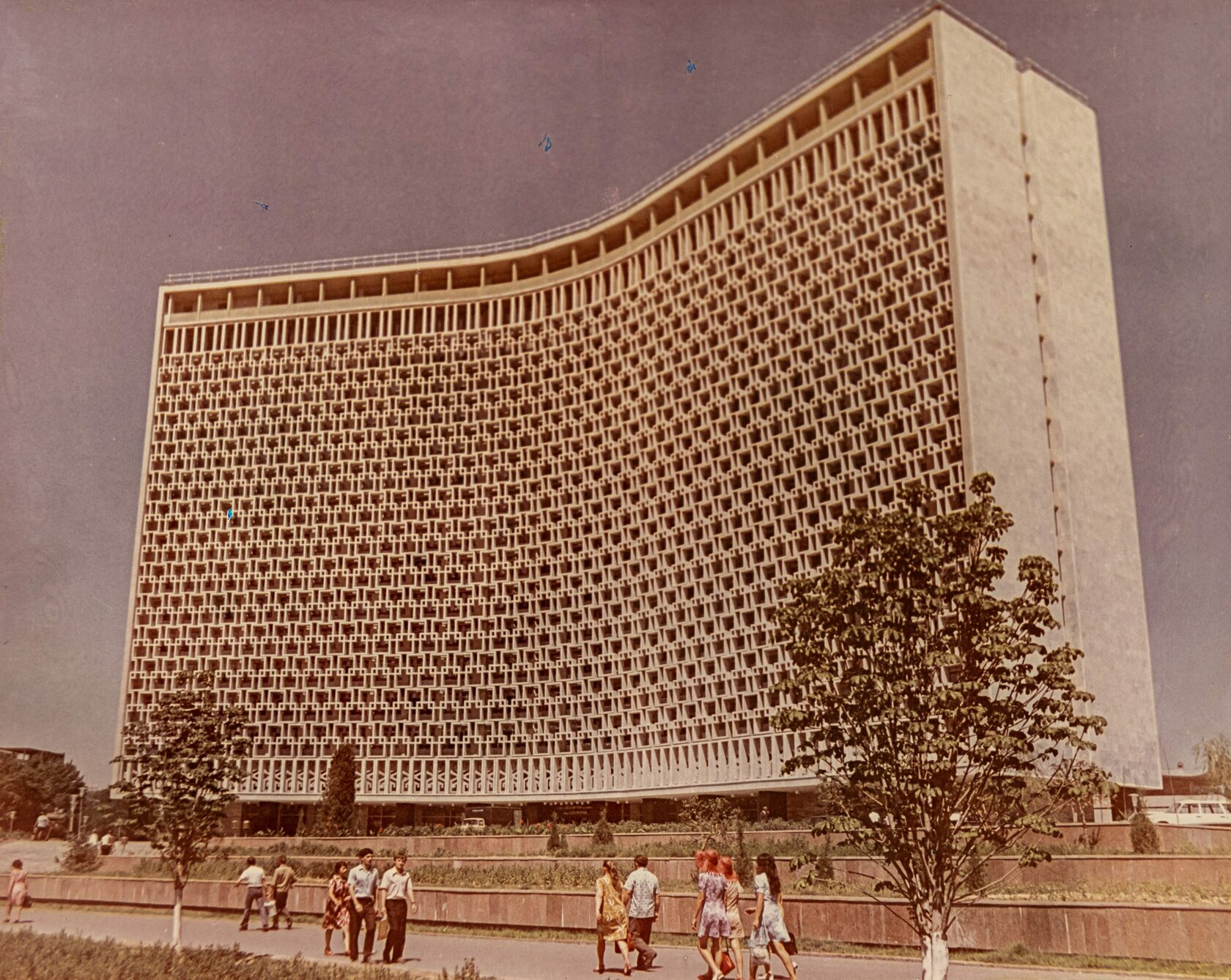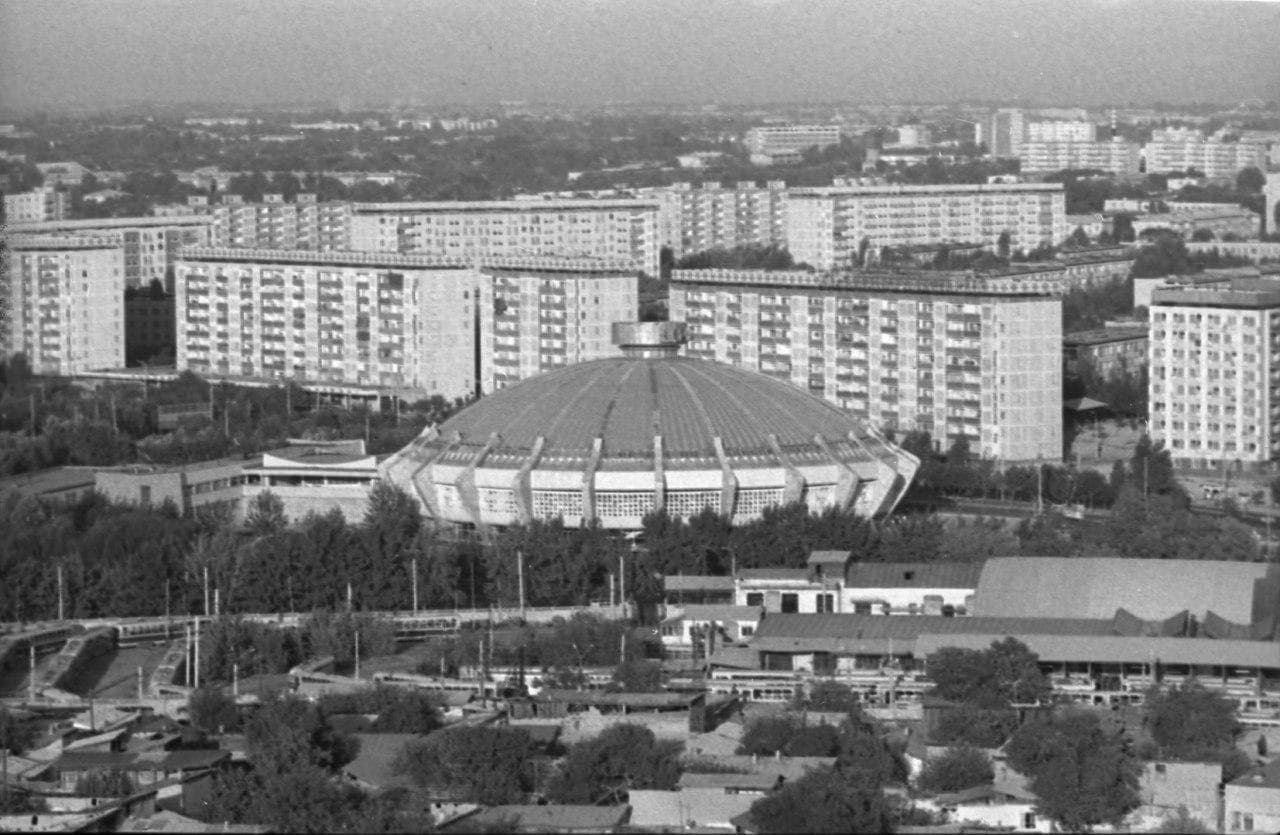The history of grand constructions, scientific advancement, and political challenges
🔴One era, one man, one nation — in a single exhibition
🔴What happened beyond the “Cotton Affair”? the truth of the Rashidov era in a new interpretation!
🔴The exhibition at the Center of Islamic Civilization in Uzbekistan presents the story of Uzbekistan’s rise to the global stage in the 20th century.

The second half of the 20th century is remembered in Uzbekistan’s history as an era of grand construction and development. Its brightest symbol is the statesman and writer Sharof Rashidov.
Born in Jizzakh in 1917, Rashidov was passionate about poetry from a young age, expressing the spirit of the people, labor, and patriotism through his pen. Yet his legacy was not limited to literature — he left a profound mark on state governance and development projects.
Following the 1966 Tashkent earthquake, Rashidov spearheaded the “Rebuild Tashkent” program. Wide avenues, new housing complexes, and cultural centers were built. In 1977, the Tashkent Metro was inaugurated celebrated not only as part of the transport system but also as a masterpiece of architecture.

During this period, major infrastructure projects were completed:
◾️Hotel Uzbekistan (1974) – the most luxurious venue of its time
◾️State circus (1976) – the only modern circus in Central Asia
◾️Palace of friendship of peoples (1981) – a hub for cultural dialogue

Entire neighborhoods like Chilonzor were built, new theaters and museums appeared, schools and hospitals transformed life in rural areas.
Rashidov’s era is also remembered for economic growth. The Charvak Hydroelectric Station, Navoiy Thermal Power Plant, Muruntau gold mine, Gazli gas fields, and large industrial enterprises boosted the republic’s economic potential.
Cultural life flourished as well: the 1000th anniversary of Abu Rayhan Beruni was celebrated, symposia on the Timurid era were held, and the number of scientific institutes doubled.
Of course, this era is also remembered for its contradictions. The events connected with the “Cotton Affair” brought Rashidov’s name into the center of political criticism. However, in later years he was rehabilitated — monuments were erected, and streets were named after him.
Sharof Rashidov — the writer and poet
Sharof Rashidov first entered literature as a poet. His first major work, The Border Guard (1937), revealed the young author’s talent to a wide audience.
During World War II, Rashidov wielded his pen as a weapon for the front. His poetry collection Qahrim (1945) expressed the hatred for fascism, the courage, and the hope for victory of that era.
After the war, he sought to depict the hardships of labor and the struggles and joys of building a new life. His novella The Victors (1953), as well as his novels Mighty Wave and Stronger than the Storm, focused on the development of virgin and fallow lands — among the most urgent issues of the time.
Today, the “Sharof Rashidov: statesman and writer” media project at the Center of Islamic Civilization allows visitors to relive this historical period. Multimedia content, documentaries, and rare artifacts transport viewers back to the 20th century, into the spirit of construction and renewal.
Shahnoza Rahmonova
P/S: The article may be used with reference to the official website of the Center.
Most read

Over 100 experts from more than 20 countries of the world are in Tashkent!

The Center for Islamic Civilization – a global platform leading towards enlightenment

The museum of the Center for Islamic Civilization in Uzbekistan has been further enriched: unique artifacts from different parts of the world have been presented as gifts











